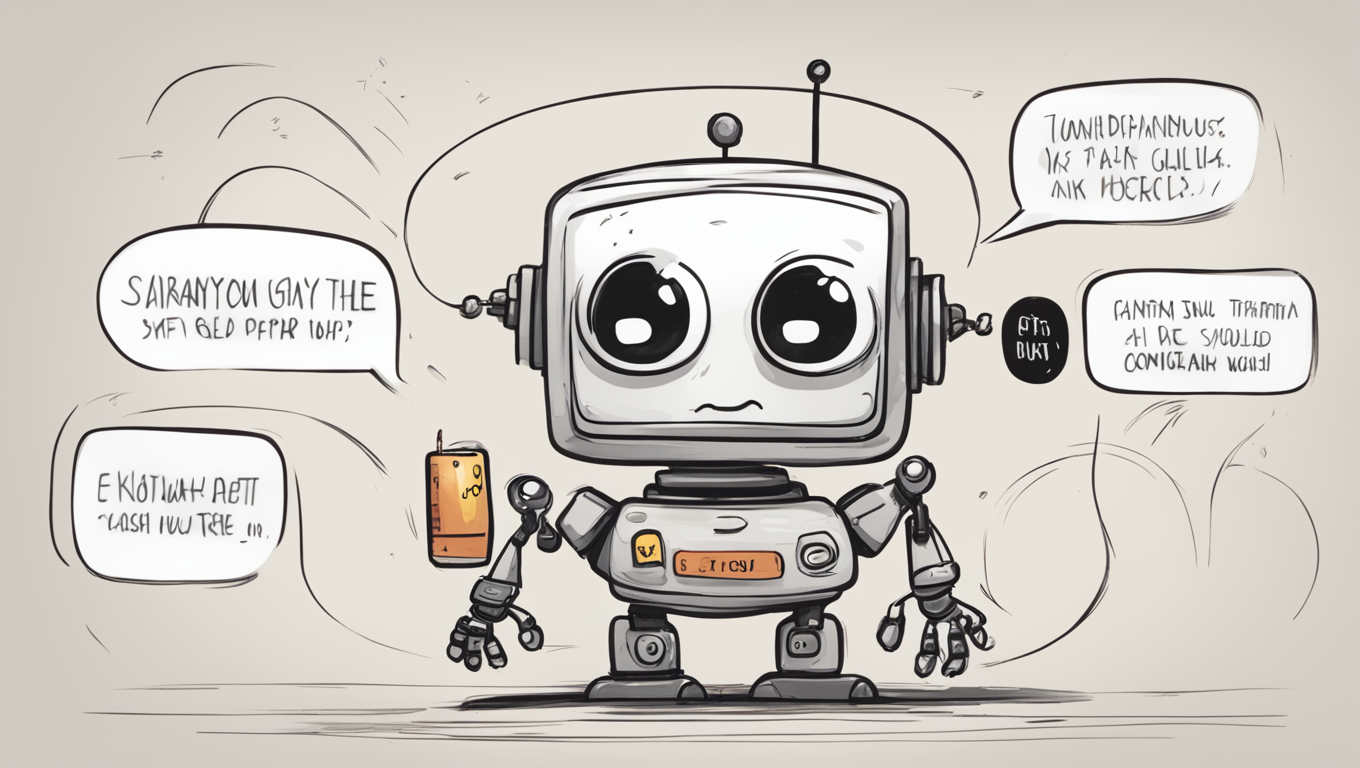Artificial intelligence (AI) has continued to make remarkable strides in various domains, from passing medical tests to reading bedtime stories. However, one aspect of human communication that has remained elusive for AI is sarcasm. The ability to detect sarcasm involves understanding the true intention behind a statement, which can be challenging even for humans. But now, researchers in the Netherlands are tackling this challenge head-on by building an AI-driven sarcasm detector.
Matt Coler, from the University of Groningen’s speech technology lab, explains, “We are able to recognize sarcasm in a reliable way, and we’re eager to grow that. We want to see how far we can push it.” The goal of this project is to enable seamless communication between humans and machines by allowing AI to understand and interpret sarcasm, which permeates our daily discourse more than we might realize.
In the development of their sarcasm detector, the researchers found that multiple cues were crucial for the algorithm to distinguish between sarcastic and sincere statements. To train their AI, they used text, audio, and emotional content from video clips of popular sitcoms like Friends and The Big Bang Theory. The database, known as Mustard, was compiled by researchers from the US and Singapore, who had labeled sentences from the TV shows with sarcasm indicators to build their detector.
After training on this data, the AI was able to detect sarcasm in unlabelled exchanges from the sitcoms with an accuracy of nearly 75%. The researchers are also working on using synthetic data to further improve the accuracy of the sarcasm detector.
While the initial focus is on sarcasm detection, the researchers believe that this technology could be applied to detecting negative tone in language, as well as identifying instances of abuse and hate speech. By training the AI to pick up on visual cues, such as eyebrow movements and smirks, there is potential for even more refined detection methods.
However, the question remains: how accurate is accurate enough? Xiyuan Gao, a PhD student involved in the project, acknowledges that achieving 100% accuracy, even for humans, is challenging. Nevertheless, by making AI more familiar with the nuances of human speech, conversations with AI assistants could become more natural and fluid.
Yet, with AI becoming increasingly sophisticated in detecting sarcasm, there is the intriguing possibility that machines may start employing sarcasm themselves. Coler ponders, “If I ask: ‘Do you have time for a question?’ And it says: ‘Yeah, sure,’ I might think: well does it or doesn’t it?” As AI evolves further, the future of communication between humans and machines seems likely to involve a touch of wit and irony.
The Netherlands researchers' sarcasm detector project not only pushes the boundaries of AI capabilities but also highlights the importance of understanding and incorporating the complexity of human language into AI systems. This advancement brings us one step closer to bridging the gap between human and artificial intelligence, enabling more seamless and nuanced interactions between humans and machines.





Use the share button below if you liked it.